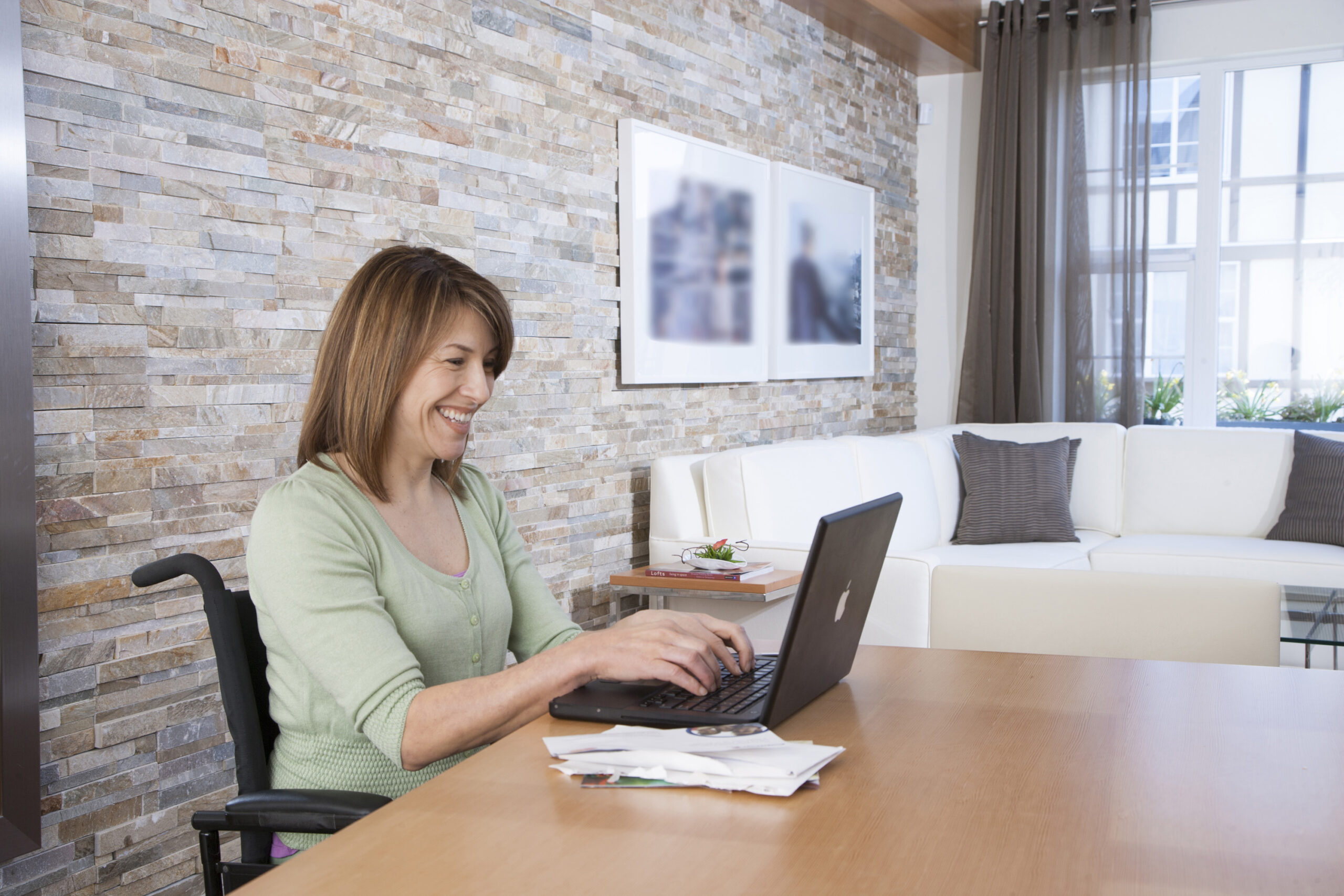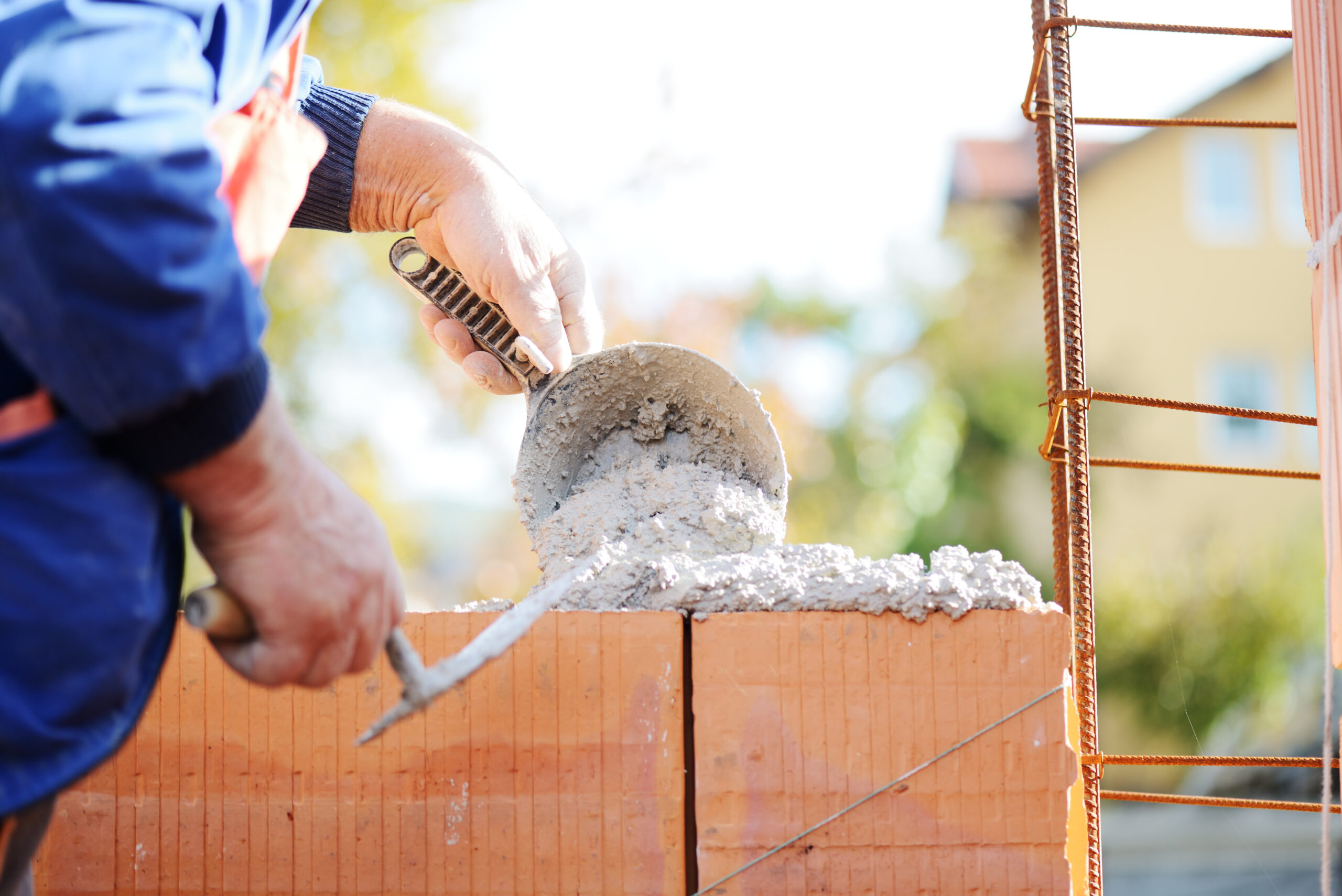Introduction to Cleaning for People with Disabilities
Cleanliness is essential for everyone, but it can be challenging for people living with disabilities. It’s crucial that individuals with physical limitations have access to clean and hygienic surroundings as they are more susceptible to infections and illnesses. In this article, we will discuss the importance of maintaining a sanitary living space while living with a disability.
Importance of Regular and Effective Cleaning Routines
Regular and effective cleaning routines are critical for people with disabilities. A well-planned cleaning routine helps to prevent the buildup of dirt and grime, which can make cleaning harder and time-consuming. Additionally, regular cleaning reduces the risk of accidents and injuries caused by slippery or hazardous surfaces. Developing an efficient cleaning schedule that suits your needs can help you stay organized and ensure that all areas of your home get cleaned regularly.
Tips for Accessible and Inclusive Cleaning Practices
Here are some tips for accessible and inclusive cleaning practices:
1. Use appropriate cleaning supplies – Choose cleaning products that are safe to use around people with disabilities. Avoid using harsh chemicals or abrasives that may irritate sensitive skin or respiratory systems.

2. Make adjustments to your environment – Ensure that your home is designed to accommodate your specific needs. For example, install grab bars in bathrooms and showers to assist with balance and stability.
3. Use adaptations and tools – There are many tools available on the market that can make cleaning easier for people with disabilities. These include reachers, long-handled brushes, and motorized cleaning equipment.
4. Ask for assistance when needed – Don’t hesitate to ask for help from friends, family members, or professional caregivers when necessary. Cleaning can be physically demanding, and having extra support can make a significant difference.

Adaptations and Tools for Cleaning With a Disability
There are several adaptations and tools that can make cleaning easier for people with disabilities. Some examples include:
1. Reachers – Reachers are long-handled devices that allow users to grasp objects without bending over or stretching too far. They can be particularly useful for picking up items that have fallen on the floor or reaching high shelves.
2. Long-handled brushes – Long-handled brushes are perfect for cleaning hard-to-reach places such as ceiling corners or under furniture. They can also be used to sweep floors and remove dust from surfaces.
3. Motorized cleaning equipment – Electric vacuums, carpet cleaners, and steam mops can make cleaning faster and less strenuous. Look for models that are lightweight and easy to maneuver.
Conclusion: Maintaining a Sanitary Living Space While Living With a Disability
Maintaining a sanitary living space while living with a disability requires effort and planning. However, with the right attitude and resources, it is possible to create a clean and healthy environment. By developing an efficient cleaning routine, using appropriate cleaning supplies, making adjustments to your environment, utilizing adaptations and tools, and asking for assistance when needed, you can keep your home clean and comfortable. Remember, cleanliness isn’t just about appearance; it’s also about protecting your health and wellbeing.

